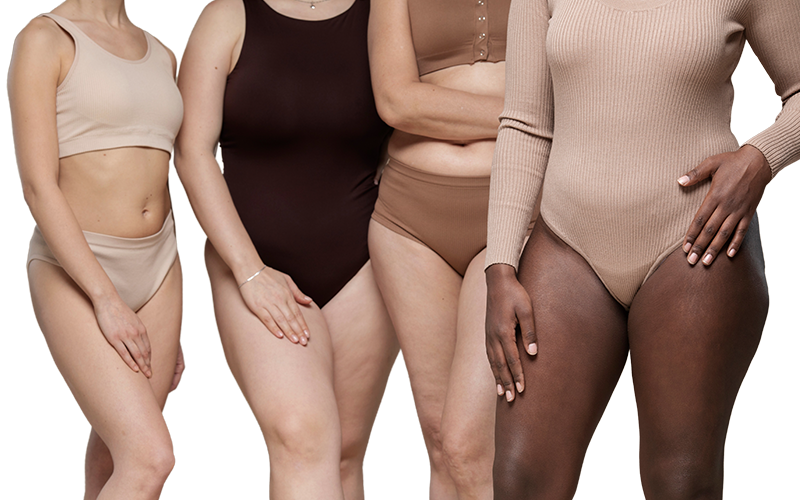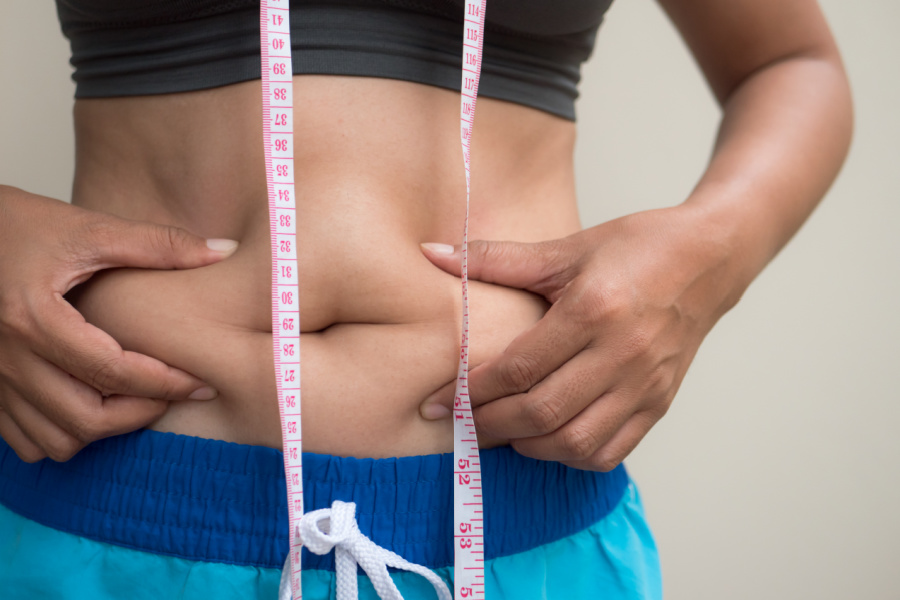Microneedling Recovery & Aftercare with Dr Fasano Congratulations on taking the step toward healthier, rejuvenated skin! Following your microneedling treatment, proper aftercare is essential to...
Research in the field of liposuction has lead to the development of different forms of fat emulsification or lipolysis. One of the most efficient of these is called VASER lipolysis.
VASER (Vibration Amplification of Sound Energy at Resonance) is an ultrasound-based technology that uses a process called acoustic streaming to remove fat selectively.
By taking advantage of this technology we can separate and “melt” the fat layer before suctioning it out. Ensuring a less traumatic procedure which reflects into a decreased incidence of postoperative aesthetic complications such as skin unevenness, lumpiness, and asymmetries.
Before describing all the aspects that are involved in a High definition liposculpture using VASER technology, it is important to mention the criteria for patient admission.
An appropriate patient selection is essential to manage the patient’s expectations appropriately while providing the best possible results.
The criteria for patient admission may vary across clinics and cosmetic aesthetic doctors.
Ensuring patients are suitable for treatment in a day surgery setting is of vital importance. Although many procedures can be safely performed in an ambulatory setting, a patient’s risk factors must be considered when deciding to proceed with this kind of procedure.
Responsibilities:
The treating Doctor is responsible for using clinical judgement in assessing a patient’s suitability for their procedure being performed. Nursing staff and/or anaesthetist have a responsibility to inform the doctor if they have any concerns about or have identified risks to a patient in having their High definition VASER liposuction in a day surgery setting.
Generally, anyone with good health both physically and mentally can have High Definition VASER liposuction done and all patients attending the clinic must be ambulatory and self-caring. A commit to a cooling-off period before committing to surgery is a requirement from all clients. The GMC guidelines suggest a 14 days timeframe.
Patients are considered suitable if they are to undergo this procedure and an uncomplicated recovery is to be expected (i.e. minimal physiological disturbance, low risk of haemorrhage, post-operative pain that can be managed with outpatient techniques, early return to fluid and food intake).
The patients are assessed as suitable based on the patient information form and Liposuction Consultation Examination Form, completed as part of the consultation process.
If applicable, in case they wish to opt for general sedation, they are assessed as suitable following review by the attending anaesthetist.
They may be considered with further assessment and consultation with the patient’s healthcare team e.g. letter from a specialist stating they feel the patient is medically fit to have the elective surgery.
Have a willingness to have the procedure performed, together with an understanding of the process and an ability to follow discharge instructions.
All patients must have suitable home circumstances to be eligible. This includes a reliable escort, ideally their next of kin, to accompany them home from the hospital, a travelling time that is not excessive, a responsible adult to supervise the night after surgery and who understands the requirements for postoperative care, access to a telephone.
Access to postoperative medical attention within one hour until the morning after discharge.
Before admitting a patient for a liposuction procedure, a medical history, physical examination and psychological assessment must be undertaken.
Physical evaluation:
General physical health is necessary to determine whether a patient is a suitable candidate for surgery. The specific sites that are being considered for liposuction are examined for potential problems. Skin tone and elasticity are assessed as well as the presence of hernias, scarring, cellulite and stretch marks. If patients have poor skin elasticity they are informed that following surgery, they may have skin draping which may need further surgical correction that may involve an abdominoplasty or the use of non-surgical devices such as J-Plasma by Renuvion. However, the discussion of the possible further treatments that can be performed following the initial high definition VASER liposculpture goes beyond the purpose of this blog and will not be discussed.
The patient is suitable for this type of surgery if normal- weight or overweight with localized pockets of excess fat in certain areas, has tried diet and exercise, has a stable weight and has a regular exercise routine, generally healthy and do not have significant medical problems, has elastic skin and realistic expectations.
Age is not a major factor, although older people with diminished skin elasticity may not have the same results as people with tighter skin.
For medico-legal purposes, all patients treated are above 18 years.



